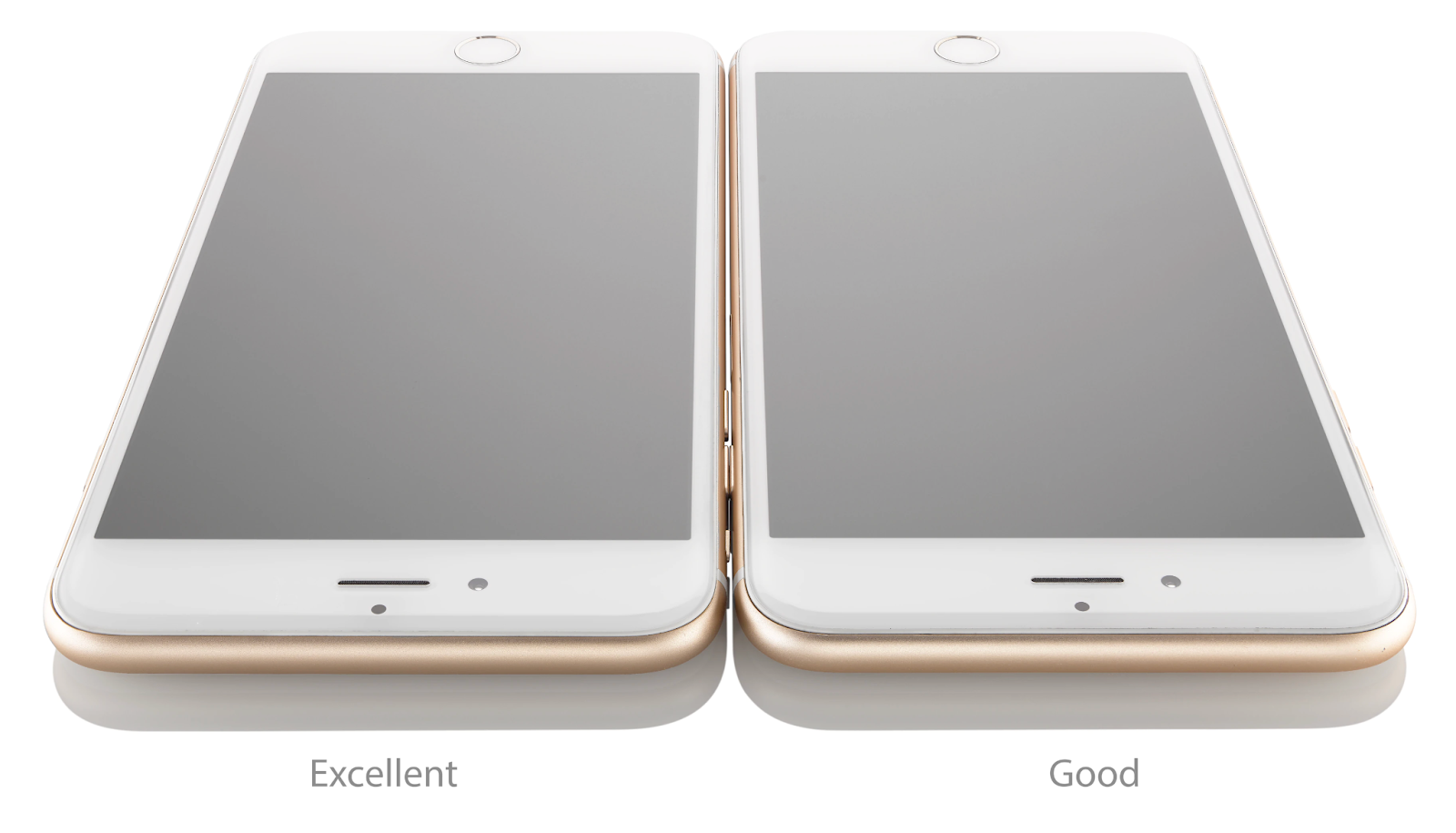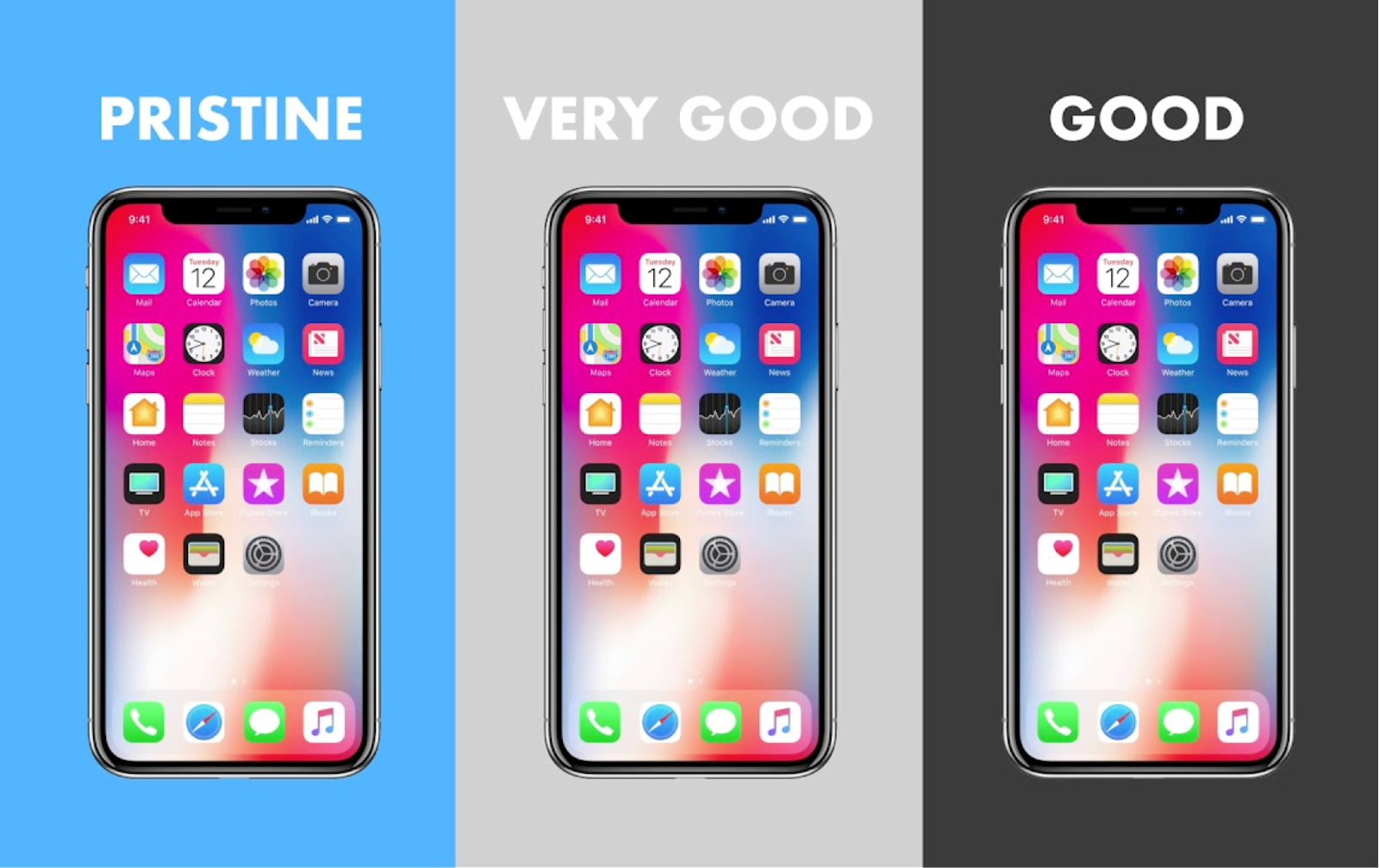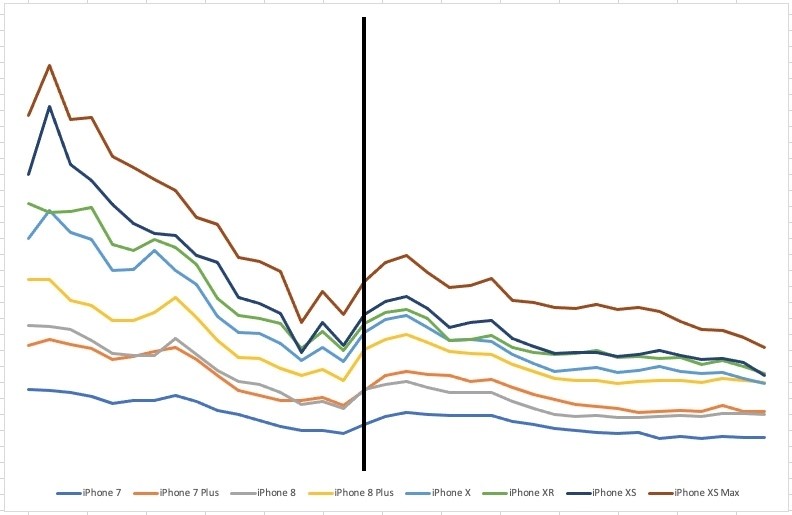B-Stock & CTIA Devise Industry Standards to Give the Secondary Mobile Market Sellers a Big Advantage
By B-Stock Editorial Team , B-Stock
Rules and standards are more important to selling trade-in mobile devices on the secondary market than you may think. Learn here how B-Stock, the world’s leading B2B auction platform, joined an important standardization initiative as part of its efforts to improve sales for mobile device merchants.
THE CHALLENGE
As mobile devices became more powerful, reliable, and expensive, consumer demand for affordable pre-owned handsets grew over the years. Today, used, trade-in, and refurbished devices fuel a thriving secondary market. The trouble? Mobile manufacturers, carriers, retailers, refurbishers, and secondary market resellers had no shared standard for grading device condition.
While some arrived pristine, many came with scratches and dings, shattered screens, broken charging ports, dead microphones, and other issues. These factors and more comprise a device’s overall condition and, ultimately, its resale value.
Refurbishers and resellers buying lots marked “Excellent” or “Grade B” had little idea of what to expect, a disconnect that led to disputes, distrust, lost time, and wasted cash value. Even when sellers would develop their own grading standards, buyers had to constantly learn, interpret, and compare multiple systems—a barrier to scaling their business.
THE SOLUTION
Recognizing this problem, CTIA, a leading mobile industry association, tasked its Reverse Logistics and Service Quality (RLSQ) working group with developing a voluntary, standardized grading system for use by device suppliers, wireless operators, insurance companies, logistics, parts suppliers, and repair organizations. The group assembled a board of experts, including representatives from major carriers, consumer electronics giants, top insurance organizations, logistics leaders, key refurbishers, and others.
B-Stock, an online auction platform that connects buyers and sellers of pre-owned mobile devices, approached CTIA wanting to contribute its expertise. As the world’s largest B2B auction marketplace for pre-owned mobile devices, B-Stock’s business depends on low-friction, high-transparency interactions between trusted buyers and sellers.


With B-Stock on board, the group determined every key aspect of a mobile device’s functionality and then established a granular grading system for each area. In early 2019, CTIA RLSQ published the first edition of its Wireless Device Grading Scales Criteria and Definitions.
THE RESULTS
“AT&T actively engaged in the development of the standards, understanding the benefit to Carriers. Alignment to a consistent process across the secondary market has driven incremental value to our program via increased recovery and lower customer disputes. We applaud CTIA for pulling together industry-leading companies to develop this standard.”
-Kim Allison, Director Logistics at AT&T
As expected, the widespread adoption of this new standard benefited many different mobile industry stakeholders. B-Stock’s sellers in particular were able to earn more profit, improve relations with buyers, and clear storage space while improving both the velocity and scalability of their operations.
Leaving behind ambiguous descriptions and independent grading standards, buyers felt more confident in the lots they were browsing. In fact, device price depreciation slowed significantly. Prices on our marketplaces historically declined at 2.8% per month, but after B-Stock began encouraging sellers to adopt the new CTIA standard, depreciation dropped to 1.9% per month—an impressive 32.7% reduction.

Not only were existing buyers willing to pay more, but purchases among new buyers rose noticeably—post-adoption at 6 months saw a 37.5% increase in the number of new bidders compared to the prior 6 months. With expectations aligned, more buyers were bidding more decisively, putting cash into sellers’ pockets faster than ever before.
With the new standard establishing highly accurate market prices, our seller partners increased business efficiency in several ways. They could now:
- Mobilize buyers and increase competition quickly by eliminating the need for them to purchase test lots during the onboarding phase
- Continually compare their prices across other channels to self-benchmark
- Optimize their disposition choices
- Better forecast their sales and understand yields
Finally, both sellers and buyers enjoyed an impressive 50.7% reduction in disputes over device condition, saving time and improving seller-buyer relations and trust.
Today, the Wireless Device Grading Scales Criteria and Definitions is an important, evolving resource in which B-Stock continues to contribute its expertise to develop new iterations that cover the latest products and features that the mobile device market has to offer.
To hear the full discussion between B-Stock and CTIA, listen to our on-demand recording.
 B-Stock Editorial Team
B-Stock Editorial Team B-Stock is the world’s largest B2B online marketplace for excess and returned merchandise. Top retailers and manufacturers from around the globe count on our platform to liquidate their surplus, returned, salvage, and otherwise unsold inventory. With auctions designed to fetch the highest possible market prices and a network of 500,000+ buyers, B-Stock will help liquidate any type of inventory, no matter the category, condition, or location.